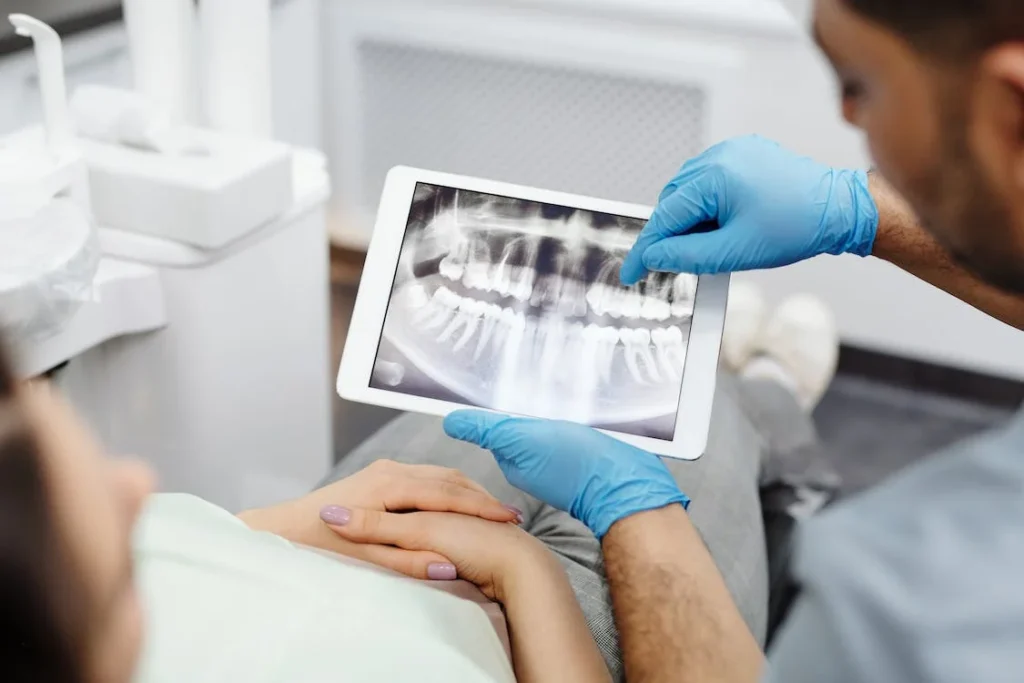
Dental sealants are thin, protective coatings applied to the chewing surfaces of molars and premolars. They act as a barrier, preventing food particles and bacteria from getting trapped in the deep grooves of your teeth, significantly reducing the risk of cavities. This non-invasive dental sealant treatment is ideal for children and adults, offering a cost-effective way to maintain a healthy smile for years.
Even with regular brushing and flossing, the deep grooves on the chewing surfaces of back teeth are prone to decay due to trapped bacteria. Factors that can increase the risk of cavities include:
All of our dentists at North Texas Family and Cosmetic Dentistry utilize dental sealant treatments to provide an added defense against decay by sealing these vulnerable areas.
Many patients are surprised at the large amount of surface area that we examine during an oral exam. At every hygiene visit, we examine all the tissues of your mouth, including gums, cheeks, lips, tongue, and jaw.
It is just as important to have regular soft tissue screenings as it is to have a professional dental cleaning.
Oral cancer can afflict anyone, although tobacco users put themselves at a significantly higher risk than non-users. Chewing tobacco has up to 3000 different chemicals, including the same compounds used in pesticides and embalming fluid.
Cellular changes below the surface aren’t always detectable until they’ve advanced to a critical stage.Early detection and treatment of oral cancer can significantly increase your chances of a quick and complete recovery. The American Cancer Society reports that about 7,000 deaths result from oral cancer out of 30,000 cases diagnosed annually.
Oral cancer often develops silently, presenting no apparent symptoms in its early stages. Our dentists at North Texas Family and Cosmetic Dentistry utilize oral cancer awareness tactics so that even regular screenings allow abnormalities to be detected early, improving treatment outcomes and significantly reducing risks.
If you or your child are experiencing any of the following, sealants may be an excellent preventive measure:
At North Texas Family and Cosmetic Dentistry, we ensure a simple, quick, and comfortable sealant procedure. Here’s what to expect:
This painless process makes it an excellent option for children and adults.

Our Garland practice stands out for our dedication to providing high-quality, personalized care. Here’s why families trust us for their dental needs:
BOOK AN APPOINTMENT NOW and give your family the gift of long-lasting oral health!
Monday: 7:30am – 4:00pm
Tuesday: 7:30am – 4:00pm
Wednesday: 7:30am – 4:00pm
Thursday: 7:30am – 4:00pm
Friday: Closed